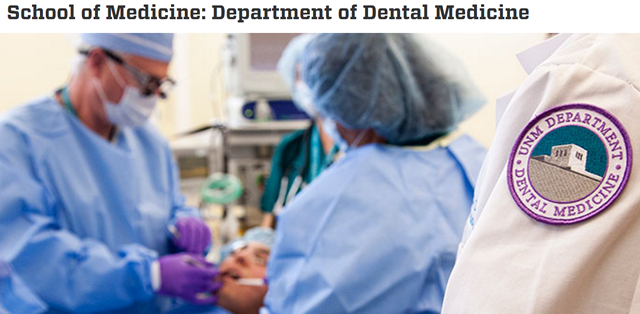
Dental Hygiene ETDs
Publication Date
Spring 4-10-2020
Abstract
The purpose of this study was to assess the education that dental hygiene students receive in practicing within schools and public health settings. The settings assessed were outside the classroom, student clinic and student rotation sites. Data were gathered by a survey/questionnaire created by Red Cap, through the University of New Mexico. The survey/questionnaire was available to participants for ten days and contained a total of 13 questions. The survey was sent to dental hygiene program directors within Commission on Dental Accreditation (CODA) accredited dental hygiene programs throughout the United States. Ninety-four responses were collected. Most educators hold a master’s degree (75%), with a non-dental concentration as their highest degree and more than 21 years of experience in dental hygiene education at (46.8%). Most educators reported working within a community college at (54.8%), with 70-90 hours in their entire curriculum (56.7%) and 4-6 hours dedicated to dental public health (48.9 %). Results showed that students spend more than 21 hours in rotations through one or more of these areas (39.4%)- (FQHC, Public health clinics, Indian Health Service Clinics, Head Start/Early Head Start/WIC, Military Base Clinics, School-Based Clinics, VA Dental Clinics). Students showed the most interest in working within public health clinics (35.6%). Upon graduation the most common degree awarded is the Associate of Applied Science in Dental Hygiene (51.6%). Educators report their public health curriculum is highly effective (60.5%).
Degree Name
Dental Hygiene
Level of Degree
Masters
Department Name
Dental Medicine
First Committee Member (Chair)
Christine Nathe RDH, MS
Second Committee Member
Christina Calleros RDH,MS
Third Committee Member
Lindsey Lee RDH,MS
Language
English
Keywords
Dental hygiene, Public Health, Education
Document Type
Thesis
Recommended Citation
Zuni, Ashley Marie. "Assessment of Public Health and School Based Health Rotations in Academic Dental Hygiene Programs." (2020). https://digitalrepository.unm.edu/dehy_etds/36
